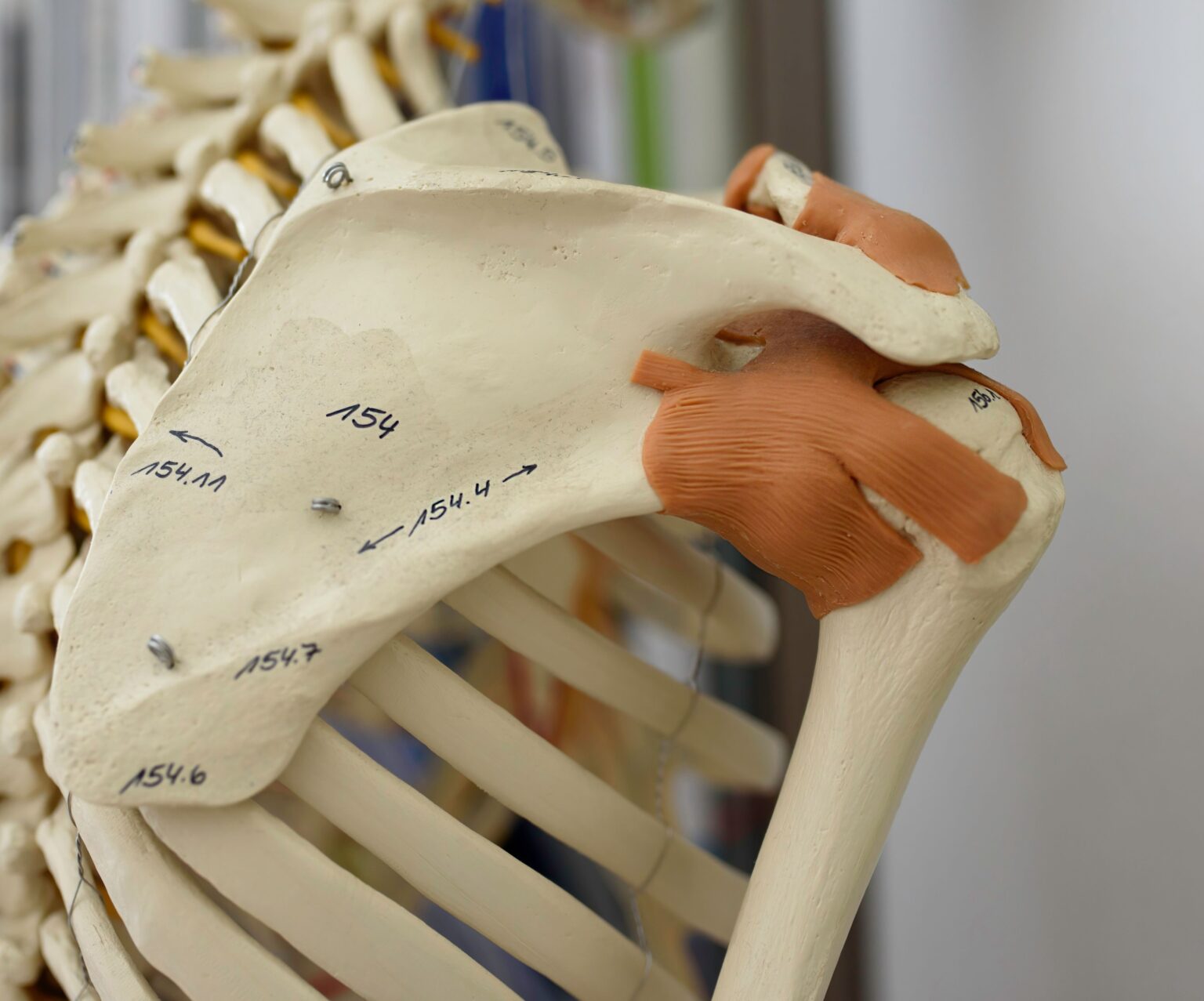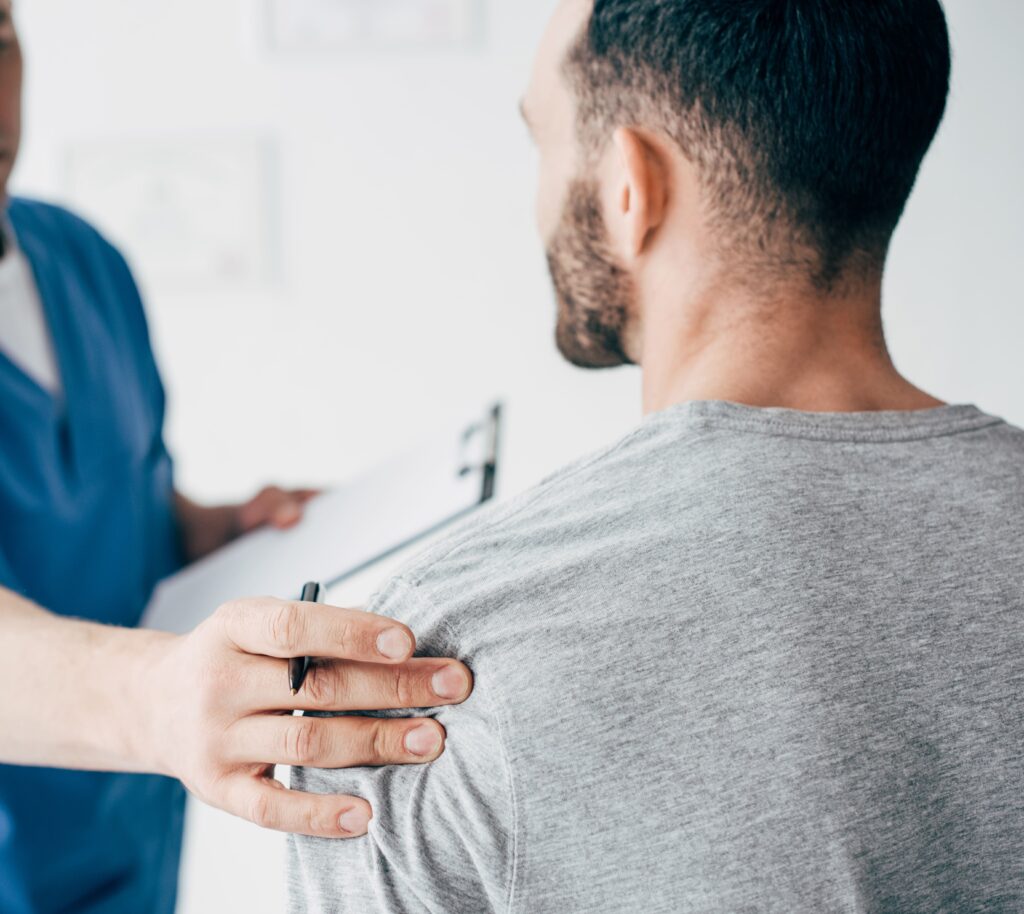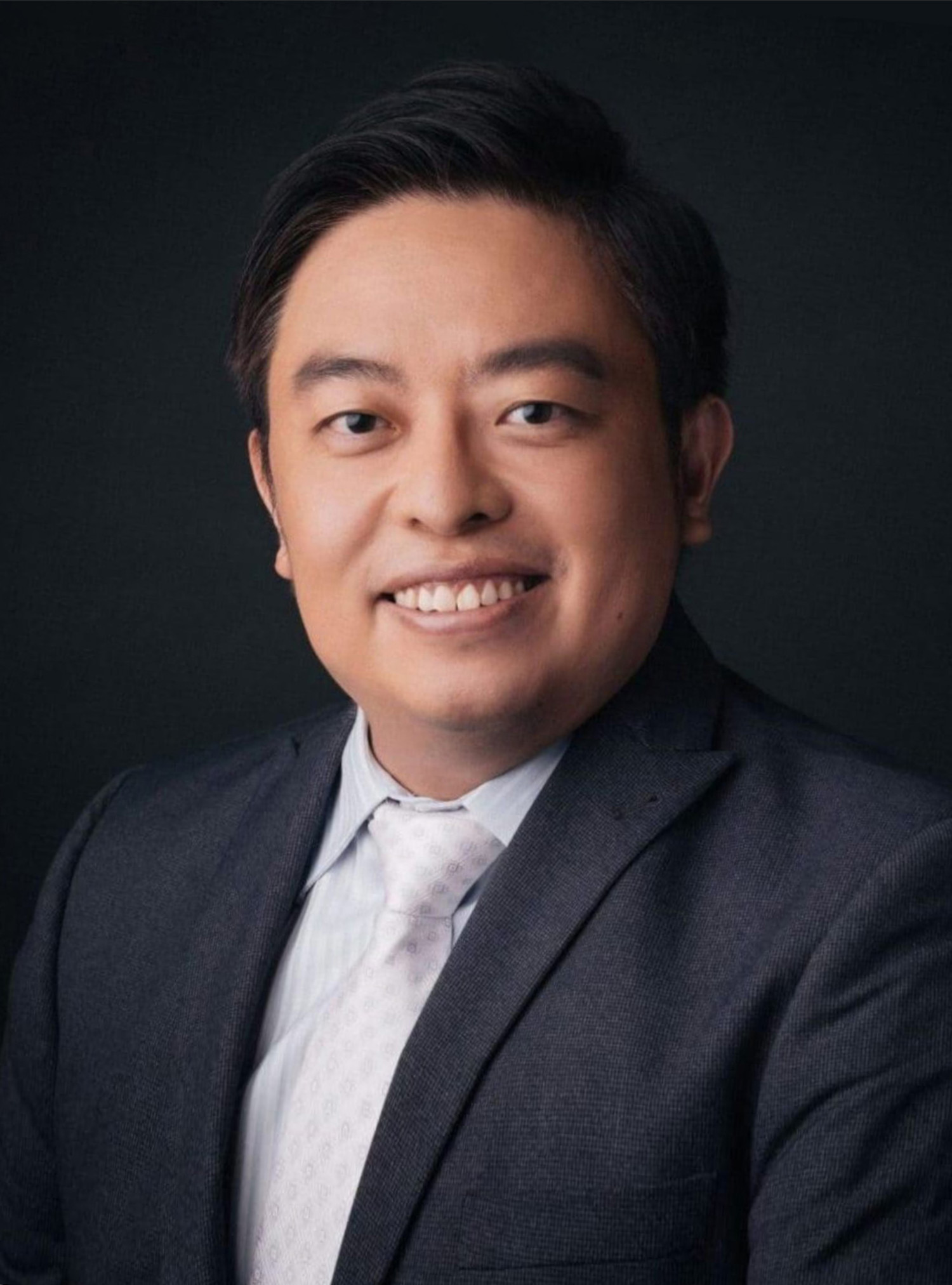Schedule An Appointment With Us
Are Your Symptoms Affecting Your Quality Of Life?
Consult our MOH-accredited orthopaedic specialist for an accurate diagnosis & personalised treatment plan today.

MBBS (S’PORE)
MRCS (Ireland)
MMed (Ortho)
FRCSEd (Ortho)

Arthroscopic rotator cuff repair is a minimally invasive surgical procedure used to fix tears in the rotator cuff, a group of muscles and tendons that surround the shoulder joint. These muscles and tendons provide stability and enable a wide range of motion in the shoulder.
The procedure employs an arthroscope, a small camera, enabling the orthopaedic surgeon to observe the rotator cuff through small incisions, thereby diminishing the necessity for extensive surgical cuts.
The decision to proceed with arthroscopic rotator cuff repair is based on several factors, including:
Preparation for arthroscopic rotator cuff surgery is an important step in ensuring a successful outcome. Patients are typically provided with specific instructions by their orthopaedic surgeon, which may include the following aspects:


Understanding what occurs during arthroscopic rotator cuff repair can help patients prepare for the procedure. Here is an overview of the typical steps involved:
The period following arthroscopic rotator cuff repair is critical for ensuring a successful recovery and optimal long-term outcomes. Postoperative care typically involves the following components:
Schedule An Appointment With Us
Consult our MOH-accredited orthopaedic specialist for an accurate diagnosis & personalised treatment plan today.

MBBS (S’pore)
MRCS (Ireland)
MMed (Ortho)
FRCSEd (Ortho)
Dr Kau (许医生) is a Fellowship trained Orthopaedic Surgeon with a subspecialty interest in Hip and Knee surgery and has been in practice for more than 15 years.
He is experienced in trauma and fracture management, sports injuries, and joint replacement surgery.
If you have any enquiry, please do get in touch. Leave us a message and we will get back to you shortly.
For Singaporeans, Singapore Permanent Residents and Foreigners.
Please speak to our friendly clinic staff about using your insurance plans.

The recovery period from arthroscopic rotator cuff repair varies among individuals, but typically, most patients require 4-6 months to fully recover.
Full recovery, defined as a return to pre-injury levels of activity, often occurs within 4 to 6 months, though some patients may continue to improve for up to a year.
Postoperative pain is a common experience following arthroscopic rotator cuff repair. The intensity of pain usually decreases significantly within the first few days to weeks.
Ice therapy and rest also play crucial roles in managing pain and swelling. As the healing progresses, the intensity and frequency of pain should gradually diminish.
The ability to drive after arthroscopic rotator cuff repair surgery depends on several factors, including the side operated on (dominant or non-dominant shoulder), the patient’s overall comfort level, and their ability to control the vehicle safely.
Generally, patients are advised not to drive while their arm is in a sling, and until they can perform necessary driving actions without pain or limitations. This typically entails a waiting period of several weeks post-surgery.